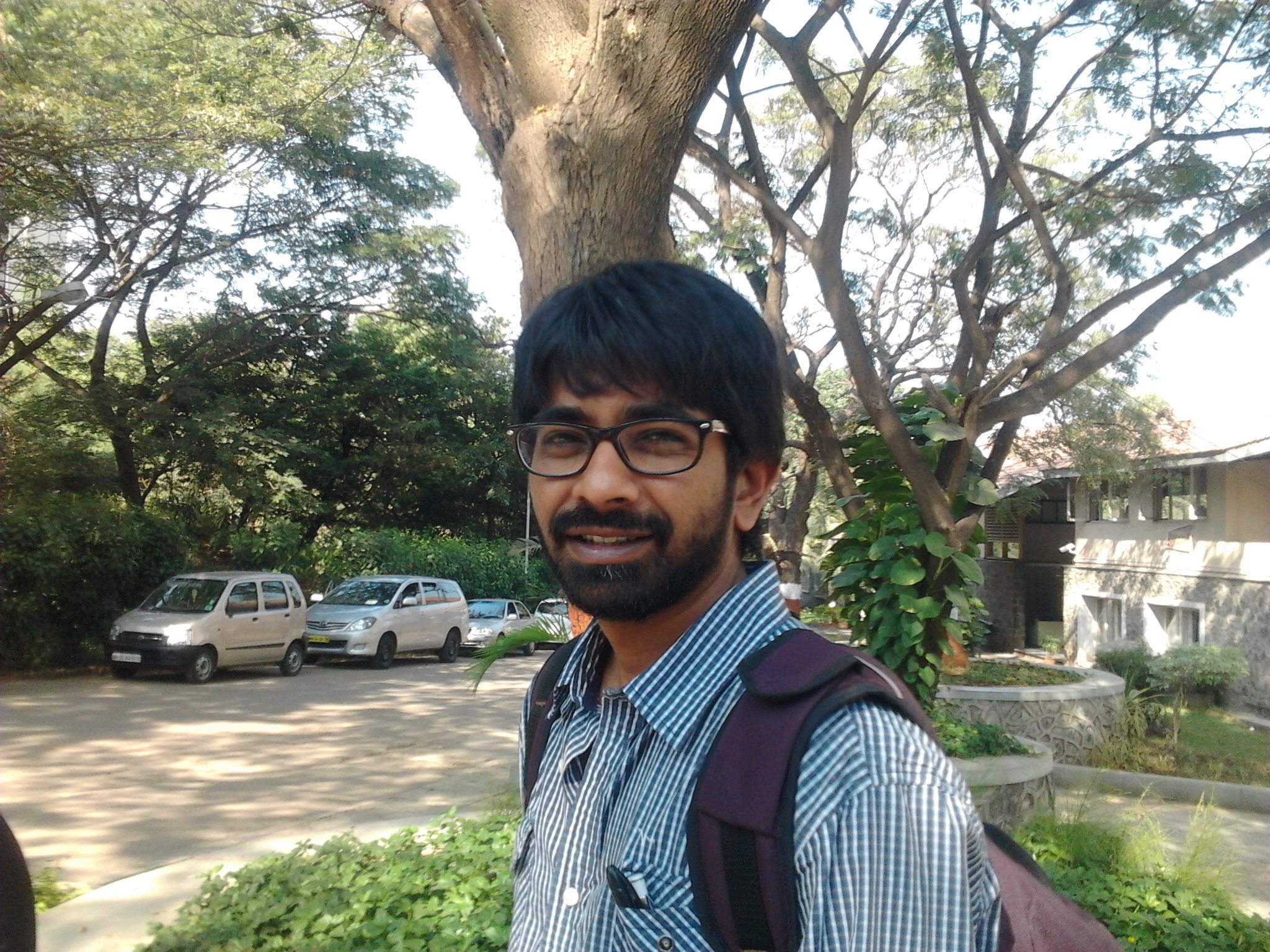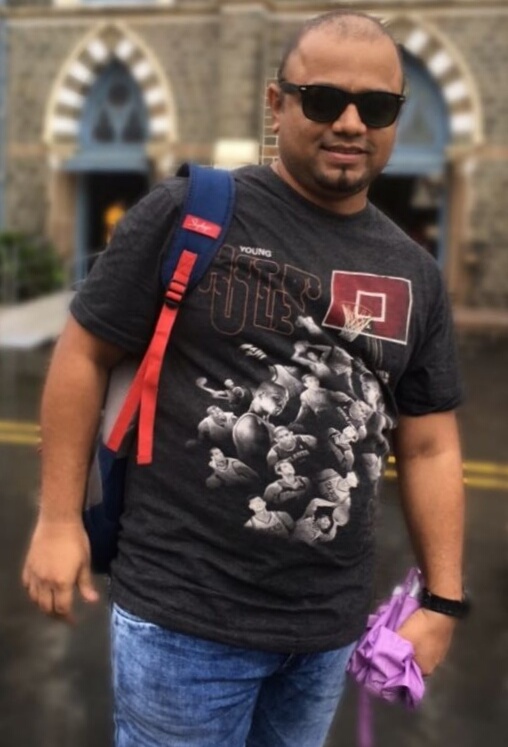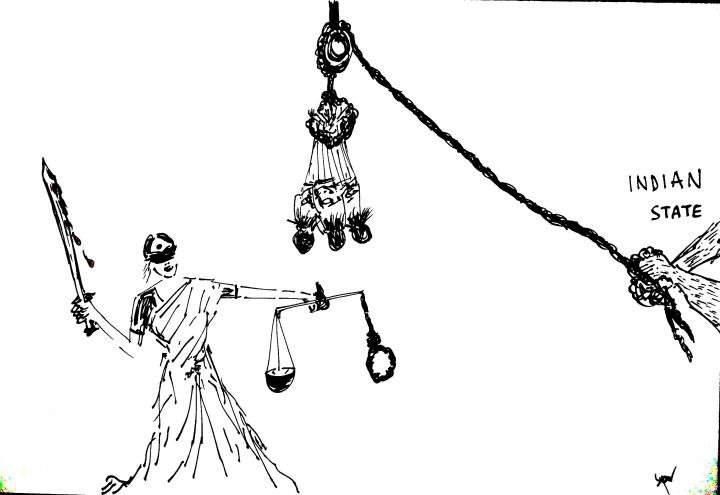Nilesh Kumar
 [This is the second part of his article on caste and epistemic violence. The first part explored how the Ambedkar cartoon in the NCERT text book was a metaphor for epistemic violence. Here, he tries to explain how the cartoon is just one more illustration of how entrenched violence is in academia; one more example of the many ways in which culture is used to legitimize direct and structural violence against the Dalits, violence which helps perpetuate their poverty, illiteracy and marginalization– Round Table India]
[This is the second part of his article on caste and epistemic violence. The first part explored how the Ambedkar cartoon in the NCERT text book was a metaphor for epistemic violence. Here, he tries to explain how the cartoon is just one more illustration of how entrenched violence is in academia; one more example of the many ways in which culture is used to legitimize direct and structural violence against the Dalits, violence which helps perpetuate their poverty, illiteracy and marginalization– Round Table India]
~~
Johan Galtung defines ‘Cultural Violence’:
‘By ‘cultural violence’ we mean those aspects of culture, the symbolic sphere of our existence exemplified by religion and ideology, language and art, empirical science and formal science (logic, mathematics) that can be used to justify or legitimize direct or structural violence.’
Direct physical violence on SCs and STs and cultural violence through manipulation of history, art and literature by upper castes in India is deeply rooted in their caste mindset and is a direct outcome of the religious hindu ideology which they adhere to.
As Marc Chehab writes: ‘The absence of Peace suggests the presence of Violence’. Referring to the cases of atrocities touched upon in the previous part of my article it is clear we definitely don’t have peace in this country, and what we are dealing with is: Violence i.e. Caste based Violence.
Illiteracy of Dalits, Lower Castes and Minorities as Secular Violence
How are some of these layers of violence inflicted on Dalits? Knowledge is always linked with literacy and formal education and economic growth is related to the degree of literacy. As the relationship between caste and illiteracy of Dalits is an integral one, first let us understand what literacy means to understand what illiteracy is. According to the Indian Census a person who can read and write with understanding in any language is to be taken as literate (Census 2001). The United Nations has defined literacy as the ability of a person to read and write a short simple statement with understanding. What is the relationship between caste and literacy? One can see from a historical point of view that ‘Untouchables’, or Scheduled Castes or Dalits, have been kept away from education, excluded from learning vedas which was considered a source of knowledge, and later on from modern education. This denial of education to Untouchables is the key factor which adds to the levels of high illiteracy and to rampant poverty among them.
There are structural reasons for this illiteracy in India which can be traced back to India’s caste system. Toni Morrison illustrates through The Bluest Eyes, that violence within the black community is a byproduct of layers of structural violence that are imposed upon the black community. In the Indian context, these layers operate through the education systems, popular culture, media and all spheres of life, afflicted by caste and violence.
bell hooks also notes in Teaching Critical Thinking: Practical Wisdom that violence is not always physical. Ideological and emotional kind of violence is more pervasive. One can see it happen clearly when a Dalit occupies a position of power.
As argued earlier, the illiteracy among Dalits is also the outcome of structural violence perpetrated by upper castes of this country. On May 05, 2009, Hindustan Times published an article on how caste discrimination is still rampant in government schools. A survey by Jansahas, an NGO, and UNICEF which was done in 24 villages across 4 districts in Madhya Pradesh came out with this fact that more than 63 percent of school children from SC background had been subjected to caste discrimination during the serving of mid-day meals in Government schools. They were forced to sit in separate rows, bring utensils from home or given food in plates marked boldly with permanent ink to distinguish their plates from others. Some were asked to bring utensils from home and rest were served in leaf plates; non-Dalits however were served on metal plates. The survey found that most teachers were insensitive towards Dalits because of caste based traditions being followed in the area.
The report also reveals that most of the Dalit students in classrooms are not allowed to sit in front row, 78 percent of school going Dalit students were backbenchers or forced away from the front rows and subjected to casteist abuses. And 79 per cent of such students were compelled to clean the schools. In some schools, this chore was given only to Dalit girls. Ironically the midday meal scheme was started by the government to lessen the differences and increase the socialization among the children from different communities and caste backgrounds.
The survey found that the Anganwadi scheme, a government-sponsored mother and child care scheme catering to children in the 0-6 age group, also discriminates against Dalits. About 59 per cent of Dalits said they desisted from sending their children to the local anganwadi facilities. The victims claimed that Dalit children were not allowed to enter the anganwadis and were forced to accept nutritional supplements outside the building.
The survey concluded that caste discrimination is one of the prominent reasons for the absence of Dalit children from school. Taking the argument further, Sunita Chugh writes, “Children belonging to socially disadvantaged communities like Scheduled Castes and Scheduled Tribes have higher dropout rates in comparison to general population”. On June 12, 2011 The Hindu reported a survey which finds more than 3282 children of age group of 5-16 from Chennai district are out of school; children of manual scavengers and children whose parents are involved in unclean occupations are more vulnerable to discrimination in their schools. Many of them are forced to perform cleaning and scavenging work where discrimination undermines all aspects of their education and drives many students to dropping out.
Thorat writes (in his paper ‘Caste and economic discrimination‘), ‘The educational system has a long way to go to achieve caste, class and regional parity.’ The caste mindset, through which prejudices and stereotypes act, hampers Dalit students’ attempts to take up formal education by attending schools and colleges and leads to dropouts and the illiteracy of many Dalits. Dalits who could reach the level of higher education on their merits or crossed the barriers of economic insecurity are also subjected to discrimination by superiors.
The Telegraph writes that less than one percent of India’s central university professors are from Scheduled Castes and Scheduled Tribes, half of the faculty positions reserved for SCs and STs are vacant. Central universities, like other government institutions, are required to reserve 15 percent posts for SCs and another 7.5 percent for STs. The data collected by the Human Resource Development ministry from individual universities says only 6.5 percent of teachers at India’s central universities are SCs and mere 3.5 percent are STs.
Laws against untouchability and actual reality in academia
Despite the fact that untouchability was officially banned when India adopted its constitution in 1950, discrimination against Dalits is still pervasive, and in 1989 the government also passed legislation known as the ‘Scheduled Caste and Scheduled Tribe (Prevention of Atrocities) Act, 1989‘. Since then the violence against Dalits has escalated, and simultaneously, there was a rise in assertion from the grassroots human rights Dalit movement. Very few non-Dalit academicians stood up against the violence on Dalits, nor did they write against it.
Committing atrocities on Dalits seems to have become their birthright since that’s how the upper castes have exercised their Freedom of Expression, following the diktats coded in the Manusmirti. They enjoyed their freedom of expression by vandalizing statues of Babasaheb Ambedkar in different parts of the country, through violence in Ramabai Nagar in Ghatkopar, Mumbai, and by humiliating the figures whom Dalits respectfully adore, through making humiliating cartoons, through making fun of their leaders and defaming them in the public sphere — such types of actions are often seen and read in newspapers, television and social networking sites, e.g. people starting ‘hate groups’ against Ambedkar.
The cartoon of Dr. Ambedkar which recently became a serious concern for Dalits brings into light this new form of violence, ‘academic violence’ against Dalits. In “Anthology of Dissent“, Daphne Patai says “what appears as marginal from the point of view of the modern west is not marginal at all in non-western societies”. One can also interpret it in the way that the cartoon appears to the academicians and Shankar, is not necessarily as it appears to Dalits. As it clearly shows Nehru wielding a whip while Ambedkar is sitting on a snail.
As Dr. Baldev Singh writes: ‘throughout human history the conquerors have justified their actions by invoking divine sanctions and declaring themselves morally, intellectually, socially and racially superior to the victims’. The slave master, with whip in hand, standing under the shade of an umbrella used to holler at the slaves toiling under blazing hot sun…Whether in the context of slavery or untouchability, masters were usually portrayed in a sitting or standing position, depicting their superiority.
No liberal academician is amazed with the data on atrocities, or with such ill practices still going on, or with campus discrimination where fellow upper caste students and many upper caste professors perpetrate violence on Dalit and adivasi students. For instance, Dr. Jaspreet Singh’s case where the professor had warned Jaspreet: how will you pass? And the case of suicide by Manish Kumar from IIT Roorkee where fellow classmates used to tease Manish Kumar and he, unable to bear the casteist remarks and abuses by his own batch mates, the criminal attitude of his own hostel warden and IIT administration which didn’t act on his complaint, took his own life.
Indian Brahminised Academia

To understand casteism, one needs to understand how it is embedded. Every individual act which comes out of caste prejudices and stereotyping leads to discrimination and is linked with structural violence. The ongoing academic violence is rooted in the caste mindset of liberal intellectuals.
It is easy for one to blame politicians by saying they are using the caste card to just get votes or popularity. These are common accusations every one is indulging in — right from academicians, like Beteille, who are accusing media, and politicians for keeping caste alive to others who blame the parliament. I think they forget about who are responsible for these parliamentarians being there, I am also seeing this act as not less harmful than Anna Hazare’s Lok Pal bill propaganda which was similarly opposed by Dalits because it was reducing the importance of Constitutional mechanisms which are already in place. Both the Lokpal proapaganda and the cartoon defense were to nullify the importance of parliamentarians or the importance of parliament or constitutional mechanisms. In many senses, I see these intellectuals, writers as pseudo intellectuals, as their arguments are also filled with great duality and I term their acts as violent as someone whipping another human being.
The Bengali upper caste scholars, Marxist or otherwise, who dominate the Indian Academia to a certain extent, and write and articulate on all the problems that plague this earth, never broke their silence on merciless killings and eviction of people during the Partition of Bengal, people who belonged to the same Bengali society but happened to be Dalits. For instance, look at how the Mariichjhapi genocide was forgotten.
Since 1947, Hindu intellectuals started rewriting Indian history. They blame the British and Muslim rulers for the ills and the division of Indian society. They might be right, as those rulers used the policy of “divide and rule”, but they forget that their own ancestors were also invaders, conquerors who destroyed the Indus valley civilization.
A study conducted by a Dalit resource center has found that the voluminous literature produced by Dalit writers has contributed towards bringing self-respect and the motivation to move ahead in the lives of the ‘depressed’ classes. The quest for asserting through intellectual means led Dalits to rewrite modern history from their own perspective. For instance, Bouddhacharya S Rao Sajivan Nath’s writing on Matadin Hela, a scavenger whose taunts impelled Mangal Pandey to rebel and Bhavani Shankar Visharad’s work on Jhalkari Bai, which projected her as the motivator of the Rani of Jhansi– now these histories are not a part of NCERT text books. Isn’t that academic violence?
For Dalits, their messiah Ambedkar giving three years of his life to the drafting of the Constitution, an integral part of the nation building process, is history.
Please read the first part of this article here.
~~~
Nilesh Kumar is doing M.Phil in Tata Institute of Social Sciences, Mumbai, and his main interest is to document the narratives and experiences of Discrimination which Dalit students face while pursuing Higher Education.
Cartoon by Unnamati Syama Sundar.









